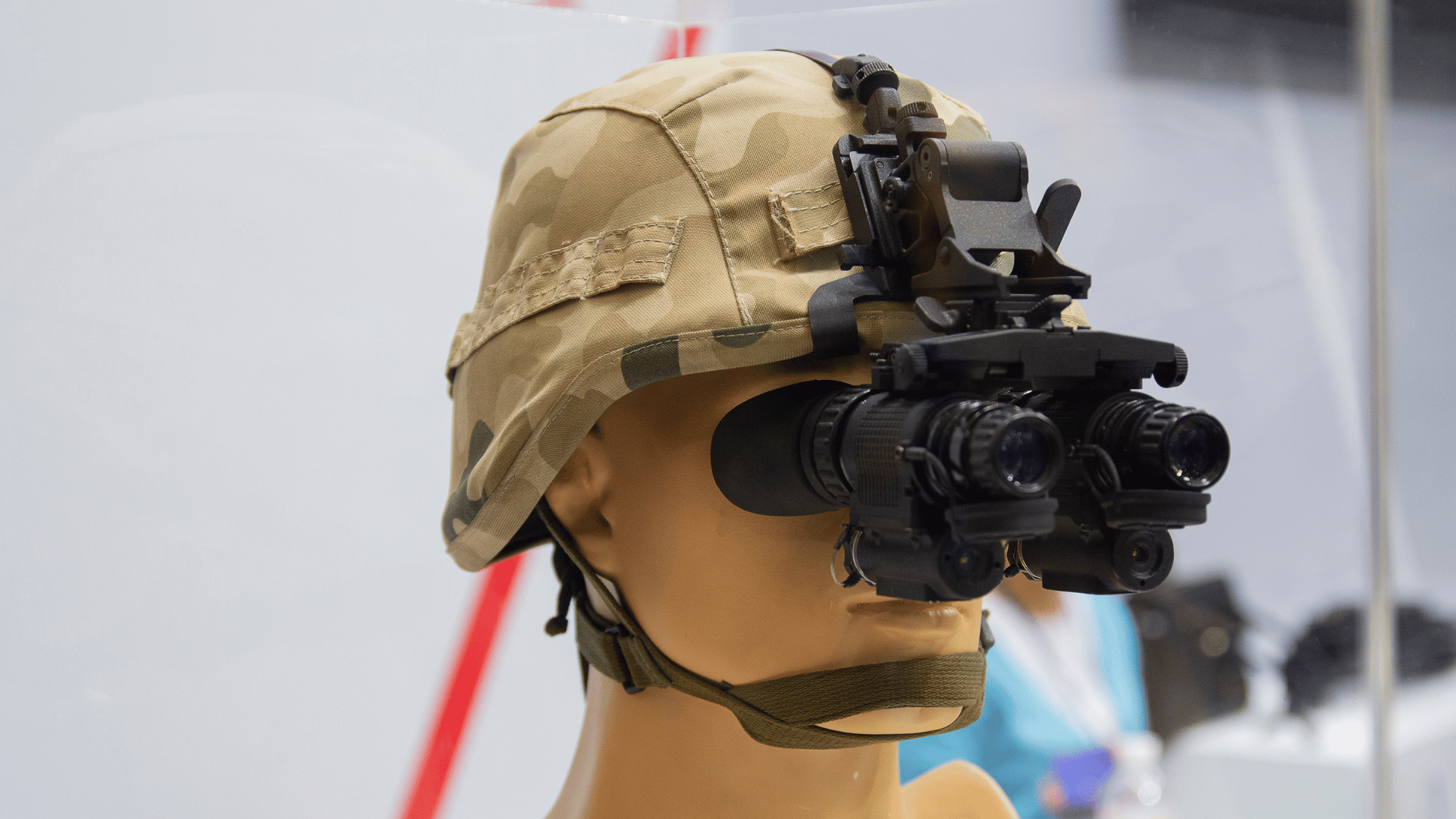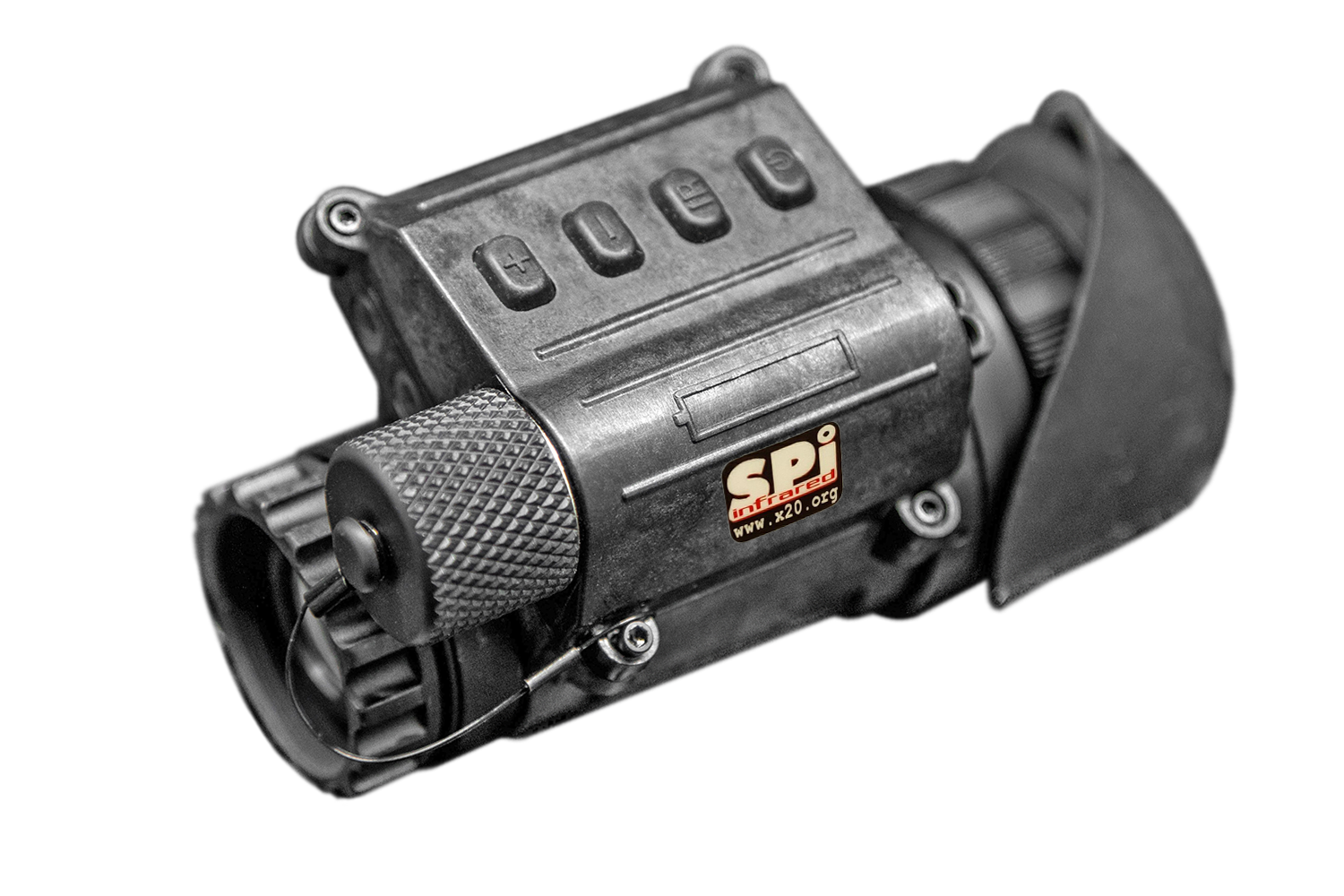Exploring the Different Night Vision Monocular Generations
Night vision technology has revolutionized many areas, from security surveillance to wildlife observation, and even in recreational activities like camping. There are several generations of night vision monoculars, each characterized by significant technological advancements. This guide aims to explore the major night vision monocular generations, helping you better understand their characteristics, advantages, and differences.

Generation 1+ (Gen 1+)
Increased Range, Luminous Flux, and Clarity
The Gen 1+ night vision technology introduced notable improvements over the original Gen 1, including increased range, luminous flux, and clarity. It differs from Gen 1 primarily in the fiber optic plate installation, which replaced the flat glass. This unique design reduced image distortion and blurring, while also offering protection against side flare. Gen 1+ tubes featured an upgraded cathode material from S-20 to the more sensitive S-25, increasing the luminous flux and recognition range significantly.
Generation 2 (Gen 2), Gen 2ST, Gen 2MS
Enhanced Detection Range, Service Life, and Signal-to-Noise Ratio
The Gen 2+ and Gen 2ST are the primary standard tubes in night vision monocular generations. Their notable features include a luminous flux amplification of 25-50 thousand, a detection range of 110m, a service life of more than 5,000 hours, and an impressive signal-to-noise ratio.
Generation 2CGT, Gen 2MS
Improved Detection Range, Resolution, and Signal-to-Noise Ratio
The Gen 2CGT and Gen 2MS (Mil-Spec) versions of night vision technology brought significant enhancements to detection range, resolution, and signal-to-noise ratio. These models offer better performance characteristics than the standard ones and often come with a tube passport, justifying their slightly higher price.
Generation 2HPT, Gen 2HP
Advanced Detection Range, Resolution, and Light Amplification
The Gen 2HPT and Gen 2HP generations were an attempt to balance performance and cost. These models feature an advanced S-25R photocathode with high sensitivity in the infrared region, creating a more reliable yet affordable night vision technology.
Generation 3 (Gen 3)
Premium Grade, Longest Life, and Farthest Range
Gen 3 introduced the AsGa-based semiconductor photocathode, a significant shift in night vision technology. These tubes offer a higher resolution, longer detection range, and longer working life, with features that justify their relatively high cost.
Gen 3ST, Gen 3A, Gen 3P/Gen 3AG, Gen 3 with HS
The subsequent generations of Gen 3, including Gen 3ST, Gen 3A, Gen 3P/Gen 3AG, and Gen 3 with HS, brought various improvements. These ranged from better quality tubes with fewer image defects to advanced auto-gating technology suitable for city environments with artificial lighting. The Gen 3 with HS stands out as a premium-grade tube, hand-selected for superior performance and image quality.
Final Thoughts
When choosing a night vision monocular, it’s not just about the generation of the technology. Quality multi-coated lenses are equally important, as they can significantly impact the performance of the device. It’s also crucial to consider how different manufacturers label their products. Understanding these basic concepts will help you make an informed decision.

